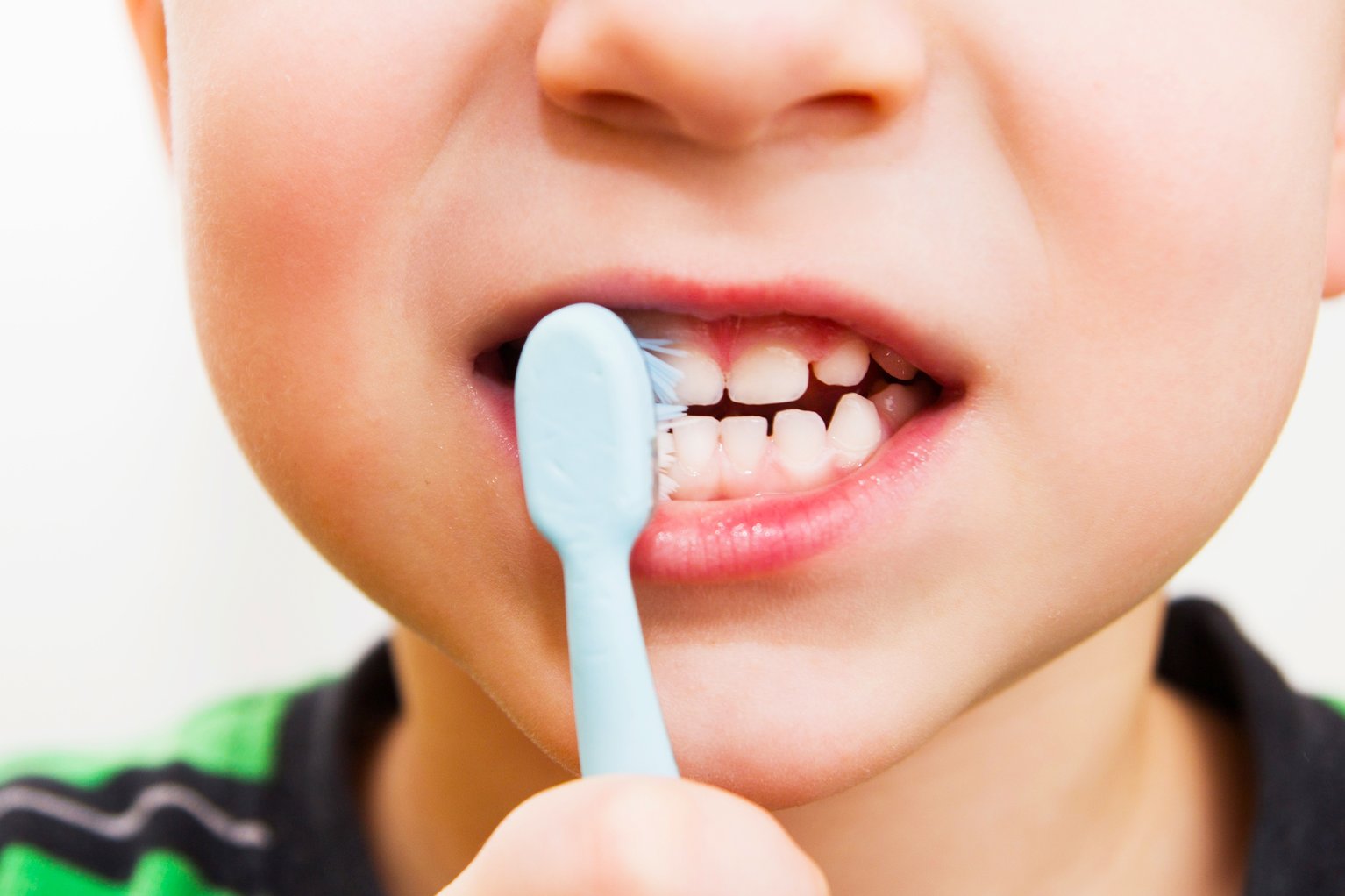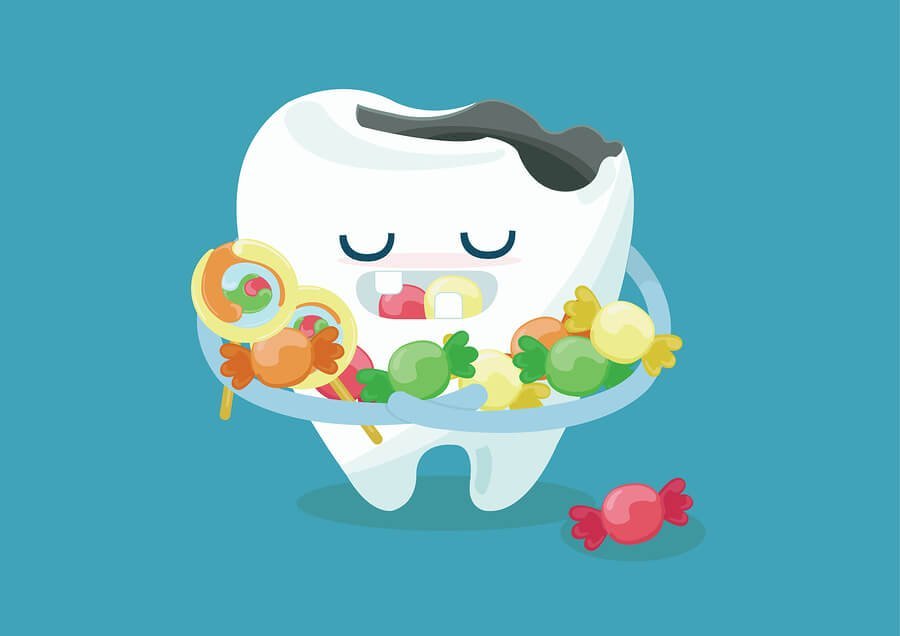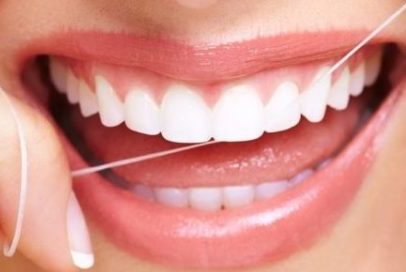If you check the contents listed on your toothpaste tube, chances are you’ll find fluoride as one. Not only is it found in your toothpaste, but in water as well as in certain foods. This brings us to the question;
What role does fluoride have in maintaining healthy teeth?
The top layer of your teeth, enamel is the hardest tissue of the body with a 96% mineral content. Despite that, sugar that is fermented by the bacteria in your mouth produces acid which is able to gradually destroy the enamel. This process of weakening the enamel is known as demineralisation.
The enamel is strengthened or remineralised when minerals such as fluoride, calcium, and phosphate are redeposited from the foods and water consumed.
To prevent dental decay this remineralisation process should balance out demineralisation. In other words, you should not exceed a certain level of sugar consumption.
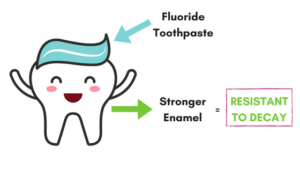
Fluoride in toothpaste binds to the tooth enamel and increases the enamel’s acid resistance. As such, it is more resistant to decay. Without fluoride, tooth enamel is more vulnerable to dental decay and disease.
What contains fluoride?
Most people receive fluoride form use of toothpaste, which has a concentration of about 1000-1500 parts per million. Fluoride is also present in some mouthwashes, although at a lower concentration. A dentist can also apply fluoride in the form of a gel or varnishes, and it contains a higher amount of fluorides than those found in toothpaste and mouthwash.
Brushing your teeth daily using fluoride toothpaste is the best way to prevent tooth decay.
Water fluoridation, carried out in certain geographic areas is a source for some of the UK population. It is effective at preventing tooth decay. Unfortunately, in Manchester the water is not fluoridated. Compared to other cities eg. Birmingham where the water is fluoridated, children are twice as likely to have dental decay in Manchester. This demonstrates how effective fluoride can be at preventing tooth decay.
Fluoride can also be found in some foods, for example tea, coffee, grapes, shellfish & potatoes.
Who should use fluoride toothpaste?
- Children under 3 years old should brush twice daily, with a smear of toothpaste containing at least 1,000ppm fluoride.
- Children between 3 and 6 years old should brush at least twice daily with a pea-sized amount of toothpaste containing more than 1,000ppm fluoride.
- Adults should brush at least twice daily with a toothpaste containing 1,350-1,500ppm fluoride.
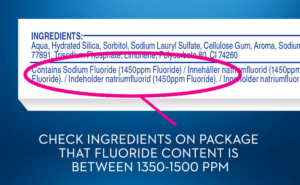
How much toothpaste should children use?
Pictures and TV often show far too much toothpaste being dispensed. This image should help guide you:
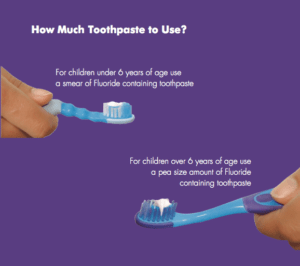
Parents should supervise their children’s brushing habits and give them a pea-sized smear of toothpaste until they are about 7 years old.
Is fluoride safe?
There have been some concerns that fluoride may be linked to a variety of health conditions. Reviews of the risks have so far found no convincing evidence to support these concerns.
Consumption of excessive amounts of fluoride while the teeth are developing, can result in dental fluorosis. Mild dental fluorosis can appear as fine white lines or flecks on the tooth surface. In severe cases of fluorosis, the enamel is pitted and discoloured.
To maintain good oral health, a regular habit of brushing twice a day every day using fluoride toothpaste along with flossing and mouthwash is important. Your dentist can assess your oral health and prescribe an additional source fluoride if required.
